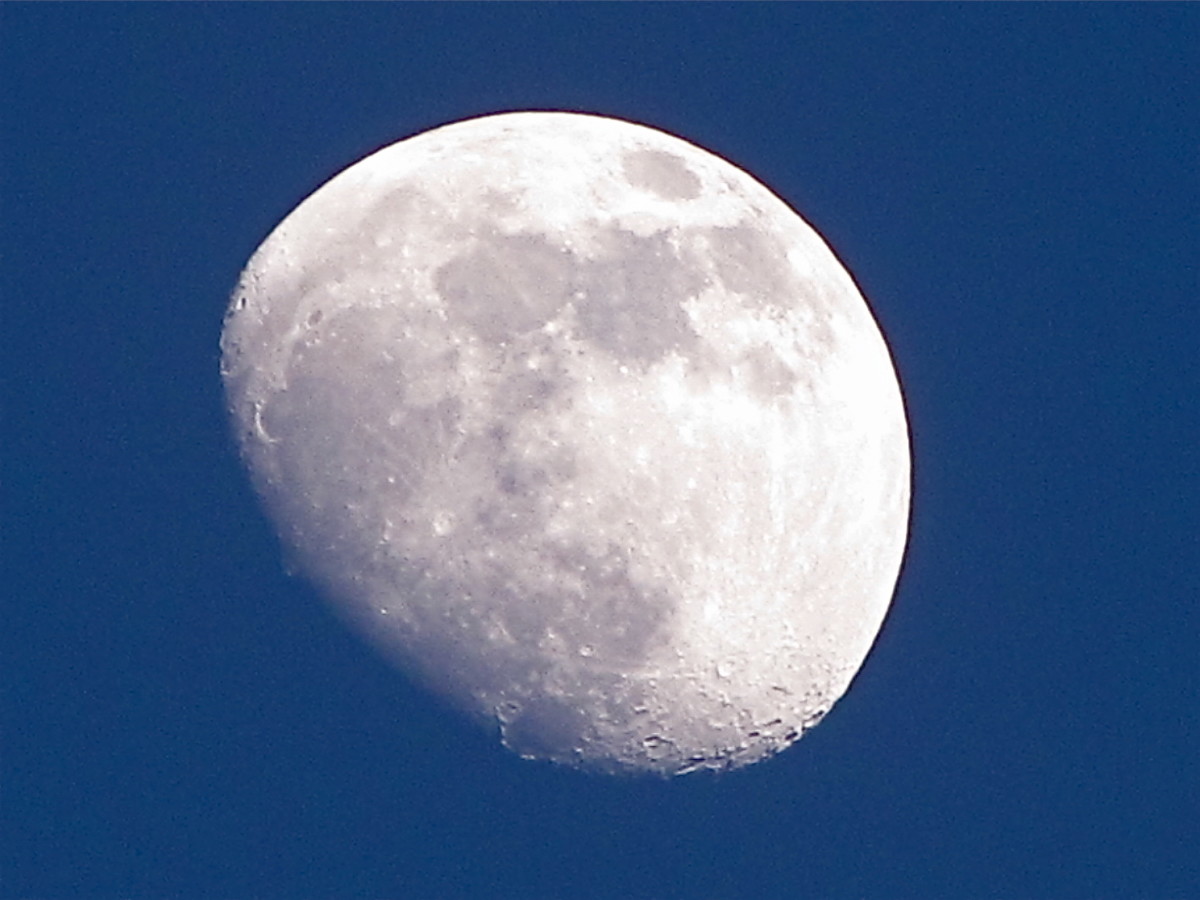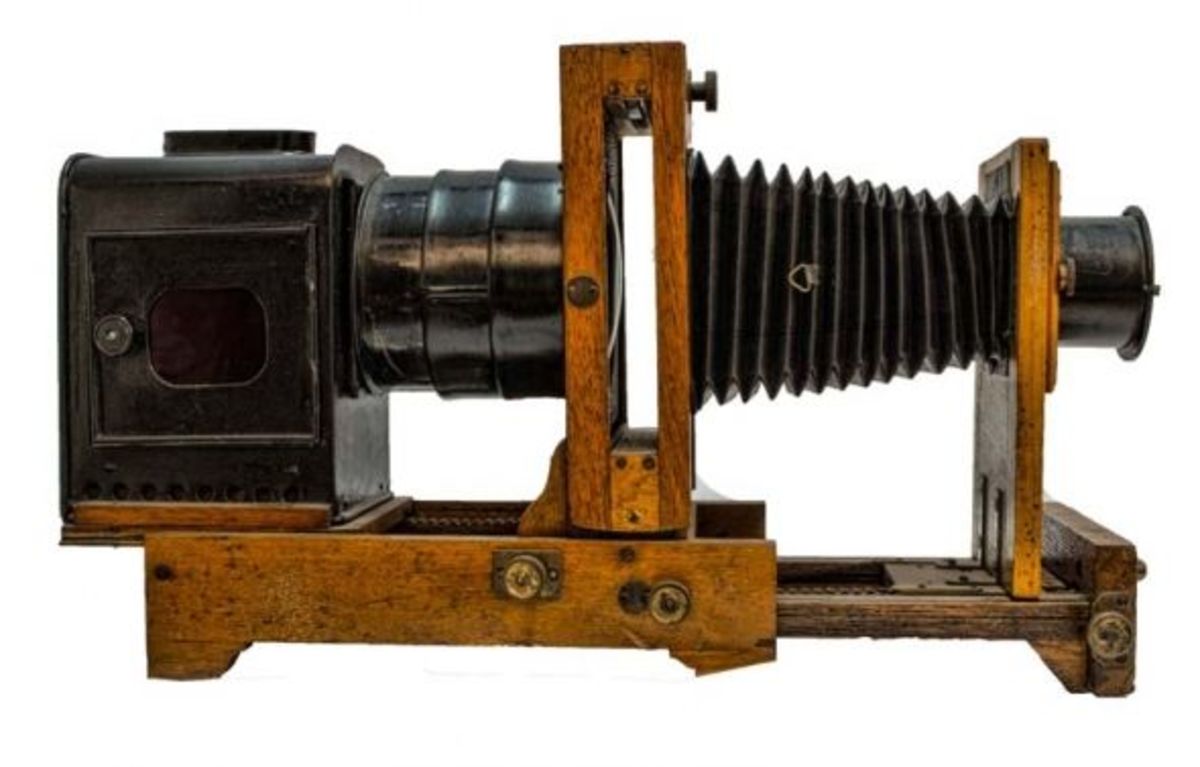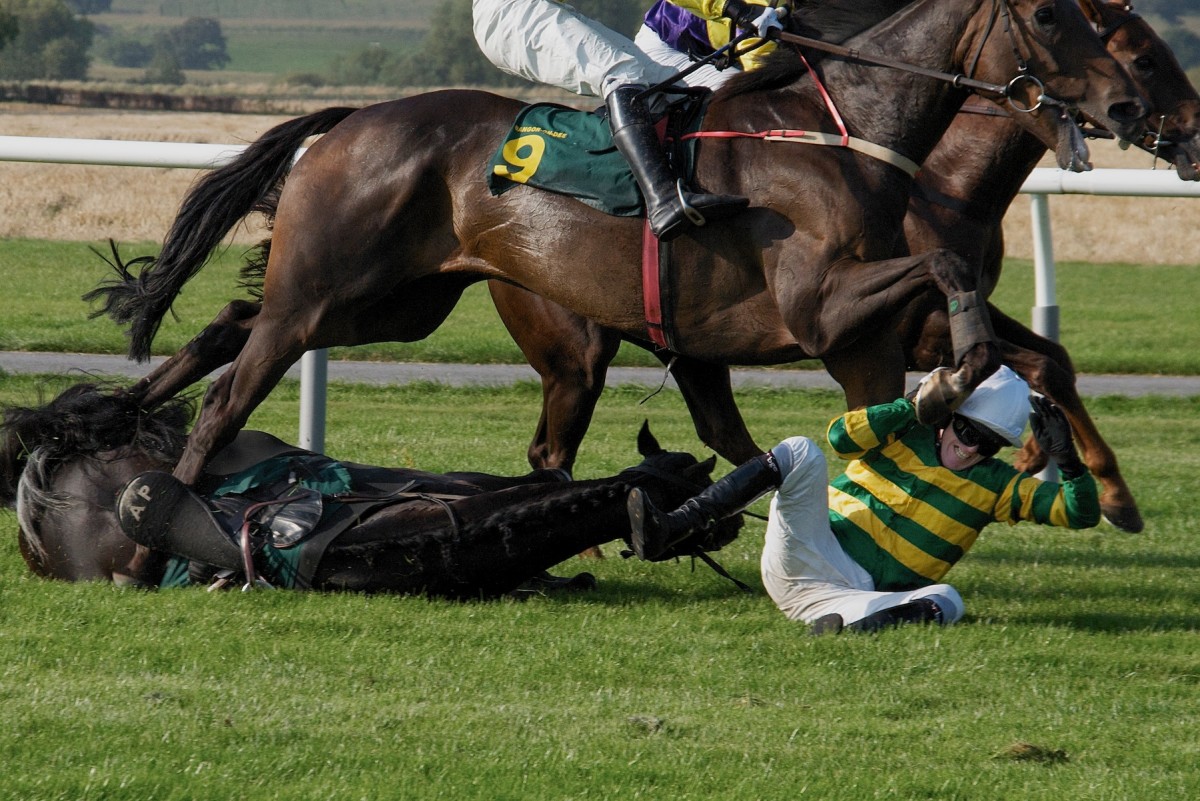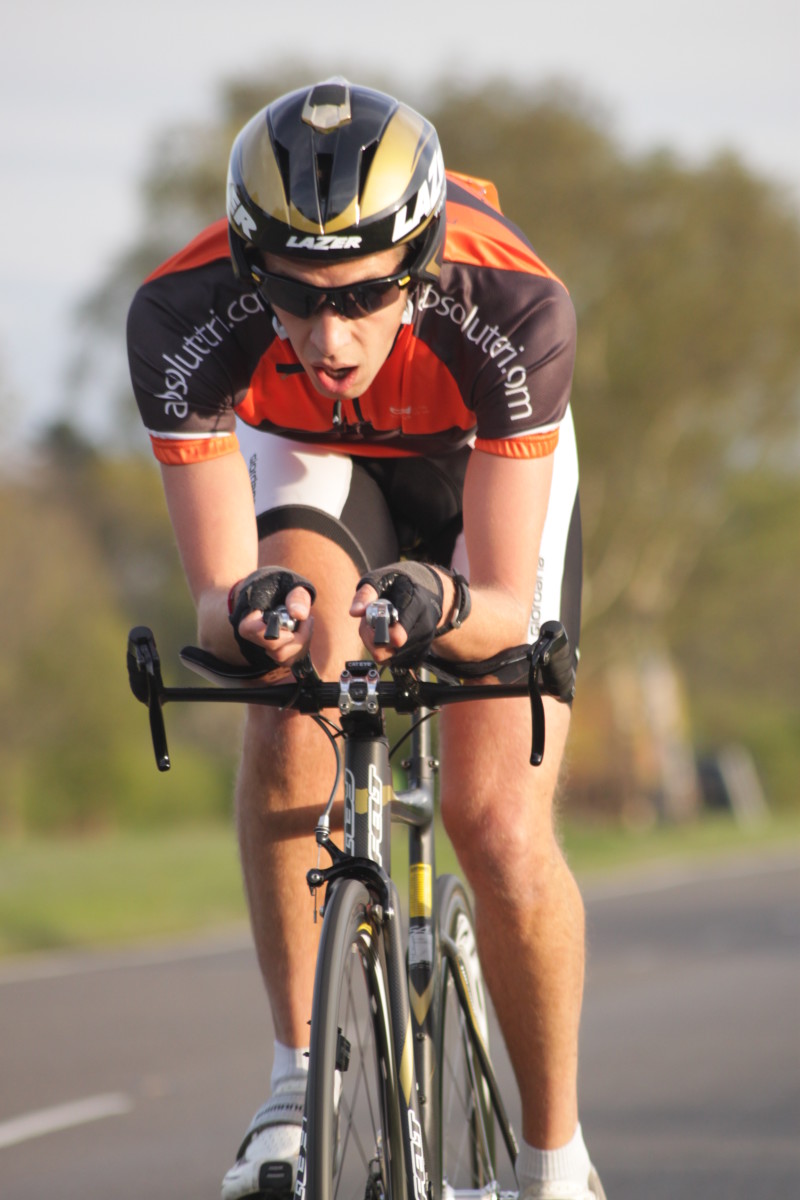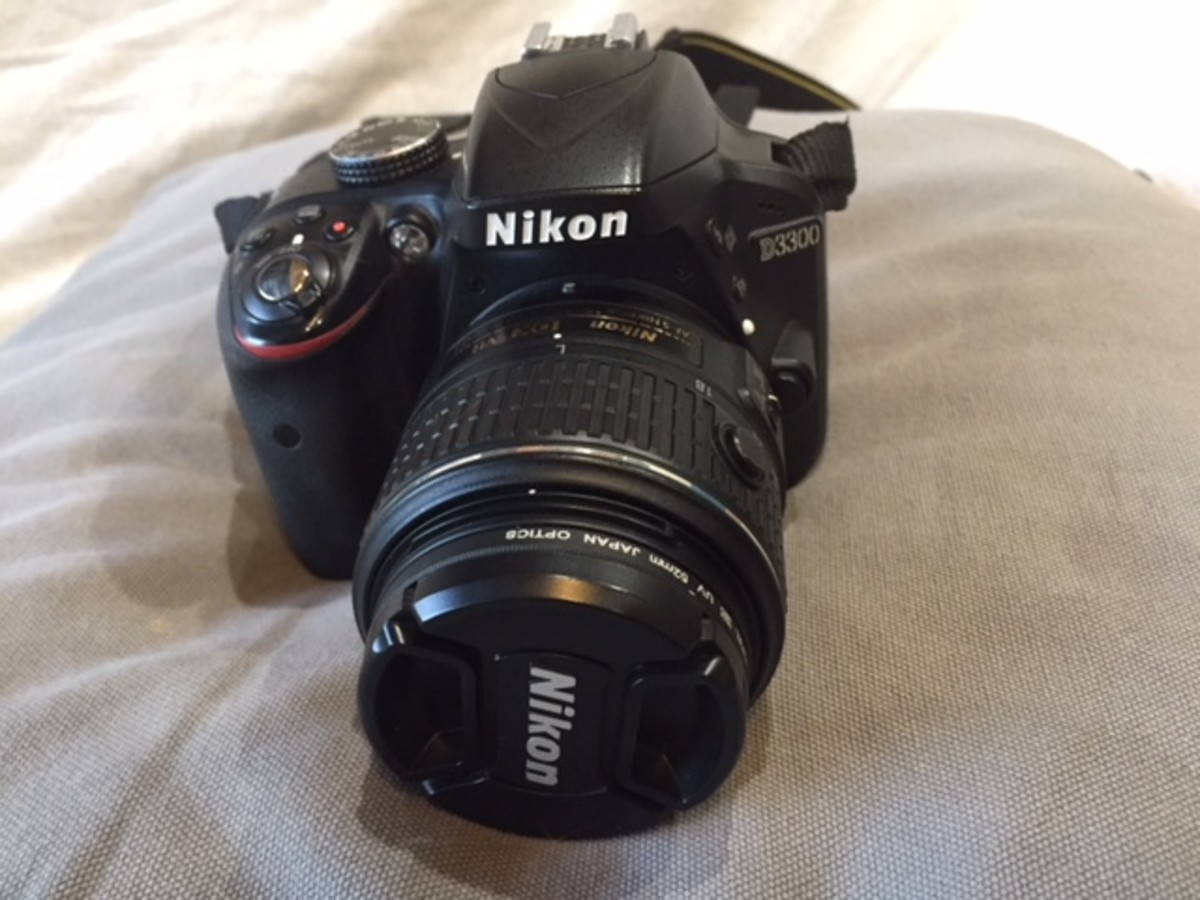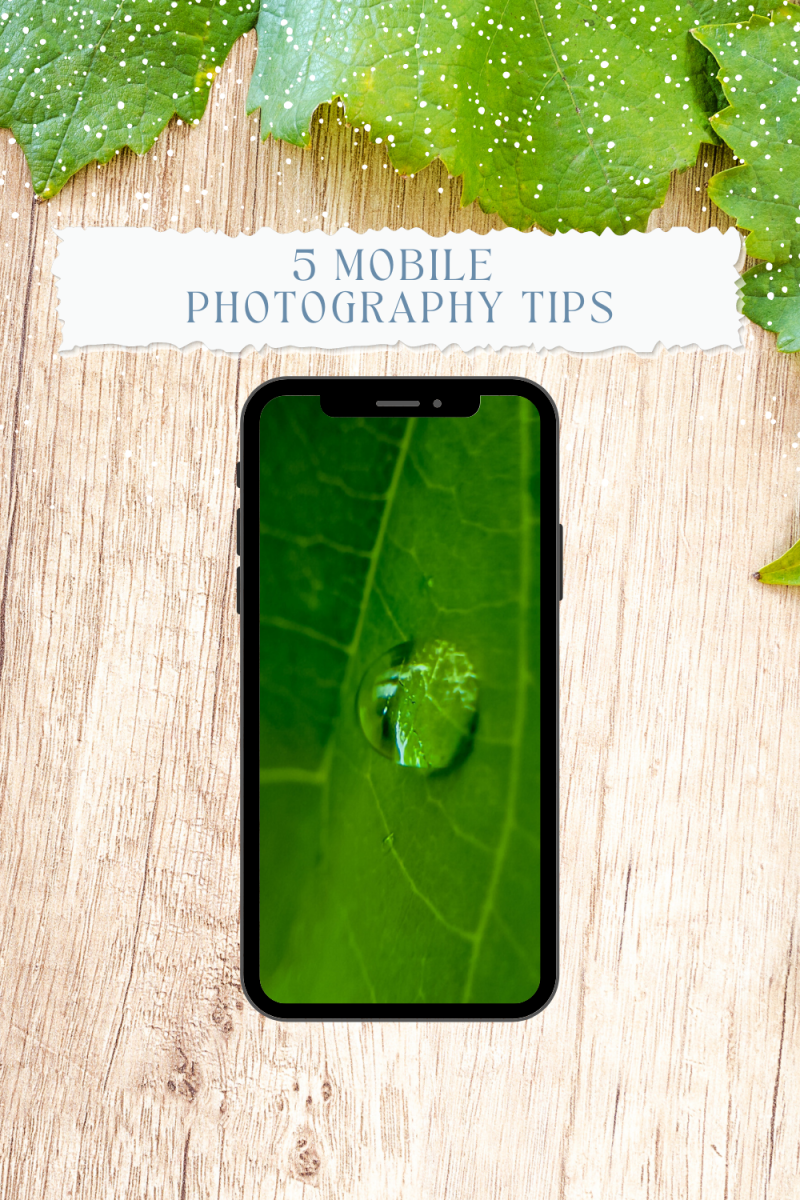- HubPages»
- Arts and Design»
- Photography»
- Photography Instruction & How-Tos
Quick Tip: How to Take Stunning Photographs of Waterfalls
Stunning Waterfall Photographs
Have you ever wanted to take a photo of a waterfall where the water has a nice feathery flow? Well now you can, If you follow this tip.
The first thing you will need is a sturdy tripod and a location to photograph. After you find the perfect place, you will need to set-up your tripod. The best way when taking a photo of a waterfall is to fill the frame. After you have the composition to your liking, you will need to change your camera into manual or shutter priority mode. If you choose manual mode, you will need to change the ISO, Aperture, and Shutter Speed yourself. If you decide to use shutter priority mode, you will only be able to adjust the shutter speed, and the camera will automatically change the ISO and Aperture for you. Now let's think about what shot you want to achieve. Do you want to freeze the water or have a flowing look to it? I have two photos posted for you as examples to help you choose which one you want to take.
Flowing water
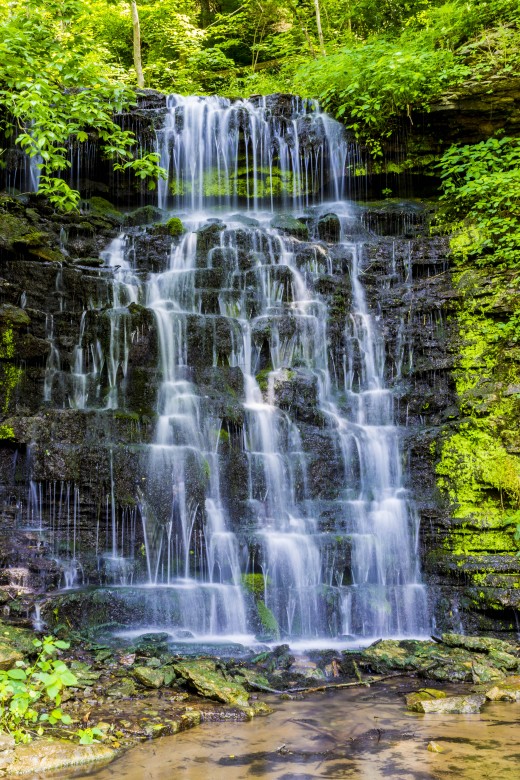
Still Water
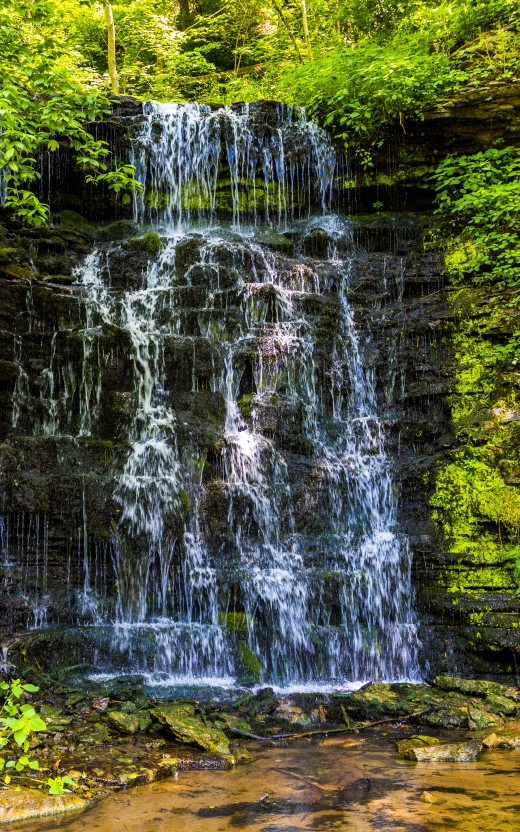
Camera Settings
Ok, You looked at the two photos above. Which one would you like to take?
Here are the settings you will need to dial into your camera to achieve either photo.
For the flowing water effect, you will want your settings to be
ISO100 (or the lowest it can go)
Aperture (Highest your lens can go)
Shutter 1 second or longer.
My settings in the first photo were
ISO100
Aperture F/22
Shutter 1.6 seconds
For the Still Water effect, you will want your settings to be
ISO100
Aperture as low as you can go
Shutter Higher
My settings for the second photo were
ISO100
Aperture F/4
Shutter 1/50th of a second
Side Note: If you don't have a shutter release remote to use (so you don't shake the camera), You can just set a 2-second timer on your camera. That way when you put the shutter down to take the photo. I will give the camera some time to stop shaking before taking the picture.
Now the lower you can go on the Aperture the higher you can go on your Shutter speed. It will freeze the water's motion in place. If you are in really bright light and you can not get the exposure you want, because it's too bright and you have your Aperture at the highest it can go and your ISO as low as it can go. You will then need to wait until the sun starts to go down, or you can buy a Neutral Density filter. What this is, is a filter that screws onto the front element of your lens. It will make it, so your camera lets in less light in broad daylight. That way you can go for longer exposures without your pictures being overexposed. Think of it like sunglasses to your eyes. It's super bright out, and you're having a hard time seeing, so you put on sunglasses and it blocks some of that light which allows you to have a better view. That is what a Neutral Density filter does to your camera.
Well, There you have it. I hope you found this tip helpful and can take it an apply it to your style, and capture some fantastic pictures.

